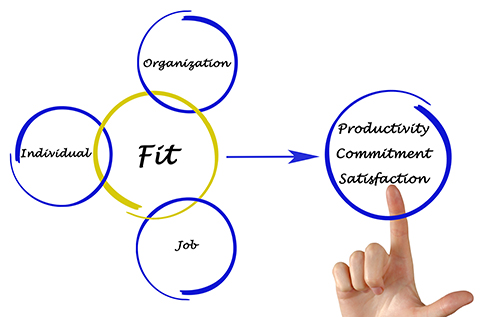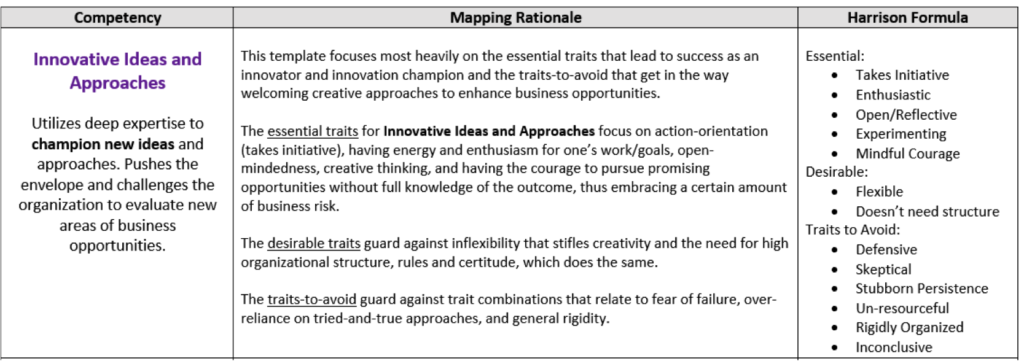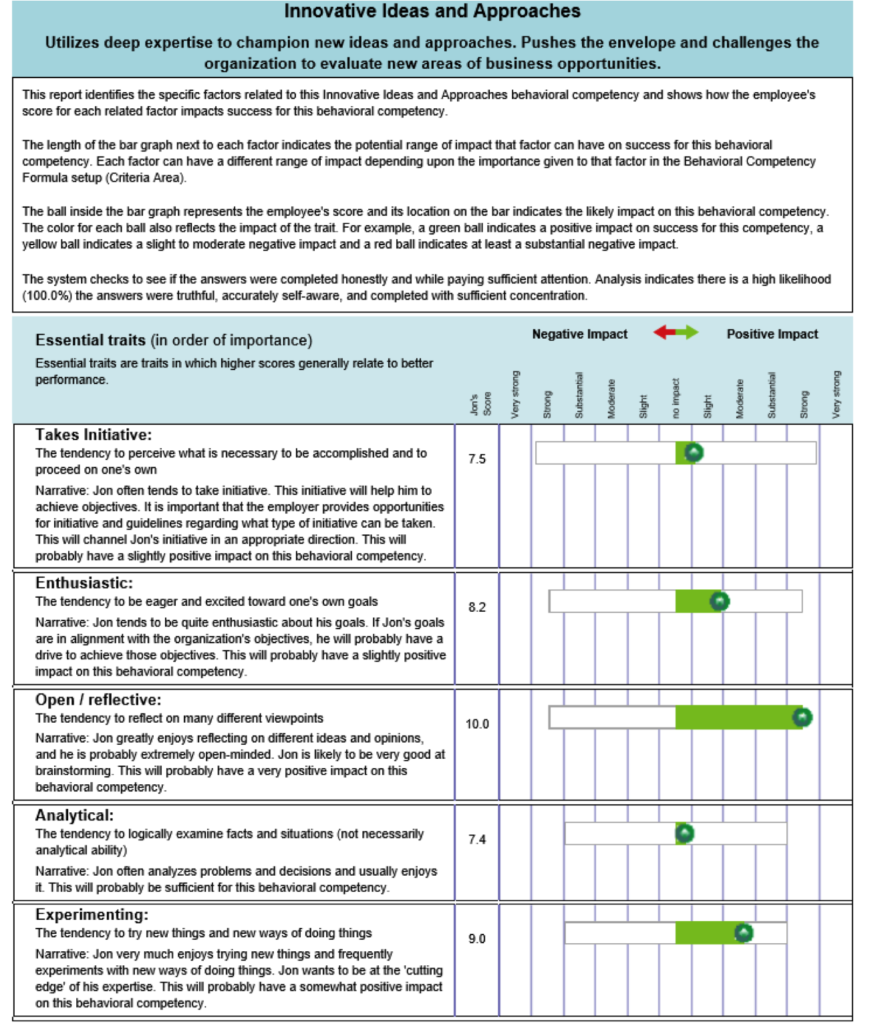
 High performing organisations can be quite obsessive about their CULTURE as both a market differentiator and as a guiding force for decision-making. These organisations tend to be extremely careful to bring new people in who match the culture well. By ‘culture”, we can use this definition: “the organisation’s vital Purpose, its distinctive and enduring Philosophy and its strategic Priorities” – the 3 P’s, according to Sheila Margolis [1]. A strong culture will endure and thrive if employees’ own beliefs and values align well with the organisational culture. If there is poor alignment, then the culture degrades and competitive edge may be lost.
High performing organisations can be quite obsessive about their CULTURE as both a market differentiator and as a guiding force for decision-making. These organisations tend to be extremely careful to bring new people in who match the culture well. By ‘culture”, we can use this definition: “the organisation’s vital Purpose, its distinctive and enduring Philosophy and its strategic Priorities” – the 3 P’s, according to Sheila Margolis [1]. A strong culture will endure and thrive if employees’ own beliefs and values align well with the organisational culture. If there is poor alignment, then the culture degrades and competitive edge may be lost.
Job-Fit vs. Culture-Fit
In the employee-selection world, professional Talent Management staff often focus on understanding the job in question by conducting a Job Analysis (JA). JA typically involves identifying the tasks, duties and responsibilities performed on the job as well as the specific knowledge, skills and abilities (KSA’s) that lead to success. Once the KSA’s are identified, a selection plan can be devised to “test” for these competencies and a “score” or predictor of potential success in the job is derived. The test can include a online assessment to determine probable job-fit. Certainly job-fit is critical to determine to ensure that the candidate both CAN do the job and WILL do the job (i.e. is motivated to perform).
Certainly, ensuring that a candidate has the technical skills, know-how, background, education and even “soft” or people-skills to be successful is critical. What many organisations fail to do, however, is assess for culture-fit. That is, applying assessment strategies to measure the extent to which a individual’s values, beliefs and priorities align with and complement those of the organisation. In many cases, culture-fit is is just as important as Job-fit, if not more so.
What is Culture-Fit?
Person-Organisation, or Culture-Fit is the congruence of an individual’s beliefs and values with the culture, norms, and values of an organisation. Entrepreneur Magazine says that culture is, “the personality of an organisation from the employee perspective, and includes the company’s mission, expectations and work atmosphere.” [2]
Employers are now competing hotly for the best and the brightest younger workers. We know from recent research on younger workers that they highly value People and Culture Fit above all else. They want to be comfortable with like-minded people in an environment that matches their own passions, interests and personal and professional values. If the employer can get their culture right, defined and clearly articulated then they are in a much better position to match the employer’s needs with younger workers expectations – a win-win proposition!
What Does it Matter?
Research consistently shows that employees who understand the company culture and are aligned with it outperform the competition by a three-fold factor. Aligned employees:
- Are happier
- More satisfied
- Stay longer
- Are committed
- Provide better service
Person-Job vs. Person-Organisation Fit

Can One Assessment Do Both?
Certainly, multiple assessment methods can accomplish job and organisation fit; for example, using one assessment for competency assessment and another one for values and engagement factors could work. This approach is time-consuming, expensive and cumbersome, not to mention a possible “turn-off” to candidates. In a perfect world, we could use one assessment to give us all the information we need in a short amount of time. In fact, such an assessment exists – the Harrison Assessment.
How can the Harrison Assessment Accomplish Both Goals?
Because the Harrison Assessment (HA) is preference-based, and uses forced-ranking as a method, it collects very detailed information about an individual’s work-related preferences in a very short amount of time (less than 30 minutes). Everyone takes the same questionnaire. What changes is the filter, or Success Formula, that is applied to the individual’s data set. In terms of Person-Job Fit, there are thousands of Job Success Formulas in the system that are specific to the demands of unque jobs. In terms of Person-Organisation Fit, the system can be set up to filter for core values, engagement factors and motivational triggers. This filter can be applied to the same data.
Culture Mapping and Assessment Example
Let’s apply this process to a real-world example. Consider Company X that has 5 Core Values that they want to make sure new employees have the propensity for and embrace at a personal level. The first of those Core Values is shown below and is called Innovative Ideas and Approaches. The document below shows how this value and its definition was mapped to HA. This work was performed by a trained HA consultant. This was done for all 5 of the Core Values, though only one is shown here for the purposes of this example.


